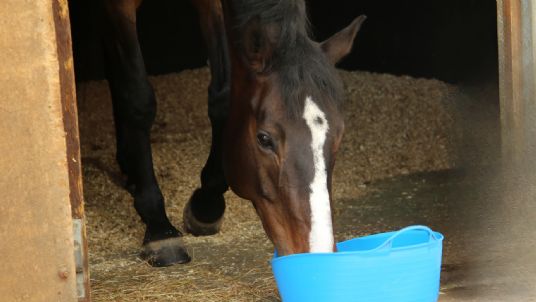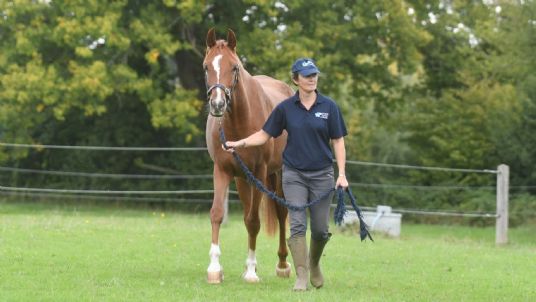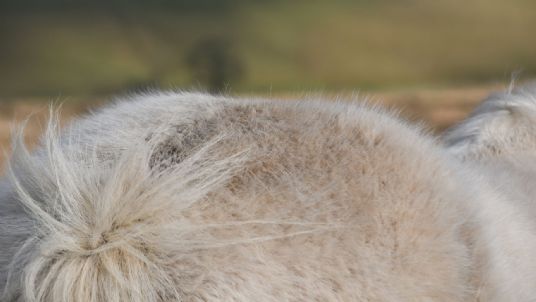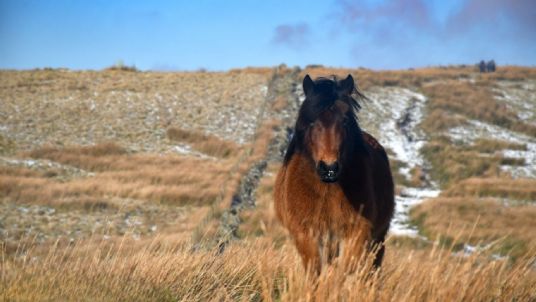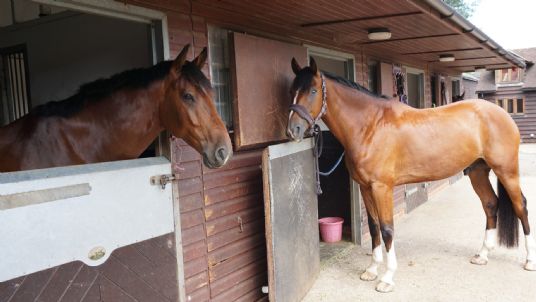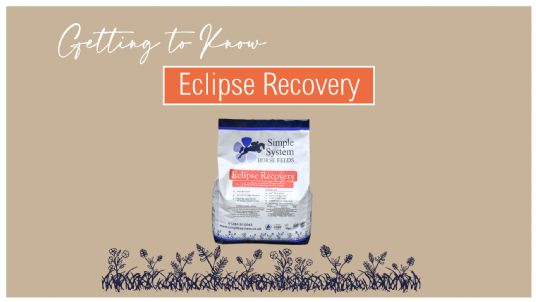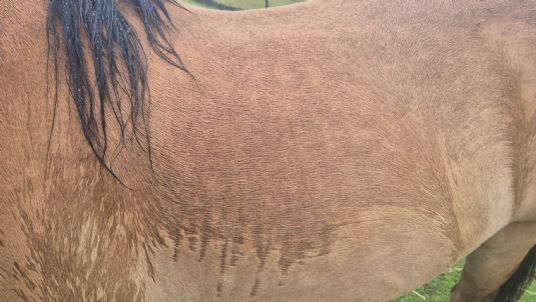Feeding horses with respiratory issues
Management, including feeding, can be very helpful in giving your horse the best chance of a comfortable life. Whatever the root cause, it will be exacerbated by inhaling any small particles, such as dust or spores.
